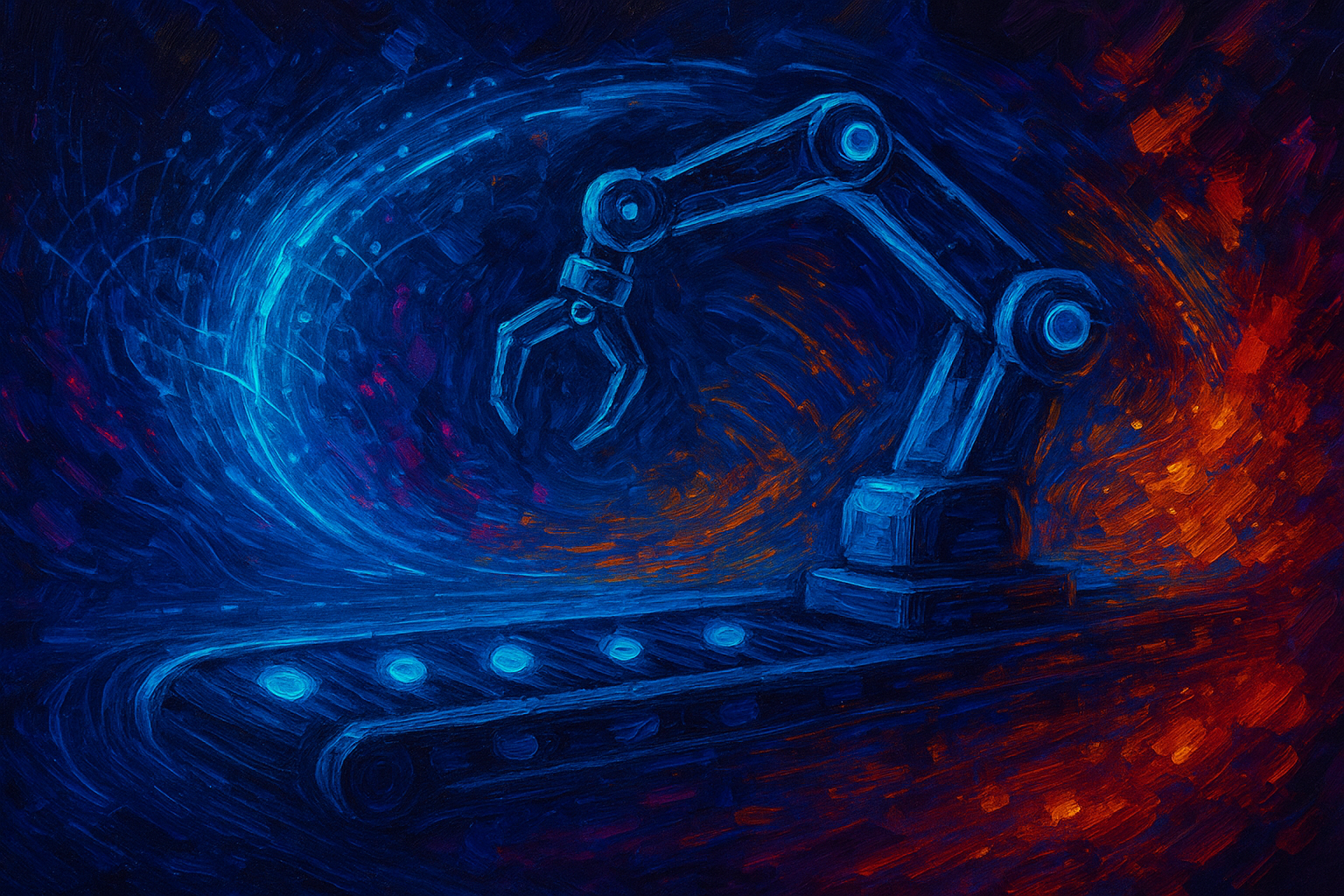The Double-Edged Scalpel: AI's Healthcare Revolution Creates New Attack Surfaces
Walk into any modern hospital and you'll find AI woven into the clinical fabric - from algorithm-powered diagnostics to robotic surgery systems. These aren't futuristic concepts but operational tools processing real patient data in real-time. The problem? Most were deployed with clinical outcomes in mind, not security postures. We've created the most attractive target imaginable: systems that literally hold life-or-death authority over human bodies, processing the most sensitive data categories that exist, often with minimal security oversight. This isn't theoretical - when attackers compromised an AI-powered radiology platform last year, they didn't just steal data; they manipulated cancer diagnosis confidence scores during an active breach window. Patient harm doesn't get more direct than that.
Three Critical Exposure Points in Medical AI
- Diagnostic Manipulation: Adversarial attacks against imaging AI where subtle pixel changes cause misdiagnosis
- Training Data Poisoning: Injecting biased cases into federated learning systems
- Model Theft: Stealing proprietary diagnostic algorithms worth millions on dark markets
The $10 Million Paper Cut: Understanding Healthcare's Breach Economics
Healthcare breaches cost nearly three times more than cross-sector averages according to IBM's latest analysis. Why? Medical records contain immutable identifiers that never expire - your DNA sequence doesn't change after a breach notification. But with AI systems, we've added dangerous new dimensions:
| Risk Factor | Traditional Systems | AI-Enhanced Systems |
|---|---|---|
| Data Sensitivity | Personal Health Information | Genomic data + Behavioral Predictions |
| Attack Surface | EMR Database Access | API Endpoints + Training Pipelines |
| Impact Timeline | Immediate data theft | Long-term model corruption |
The CVE-2023-4863 WebP vulnerability case demonstrates this perfectly. When researchers discovered this critical flaw, healthcare organizations realized thousands of medical imaging AI systems used vulnerable libraries for processing patient scans. The patch cycle? Twice as long as financial services organizations according to HHS oversight reports.
HITRUST CSF: The Antidote for Medical AI Security
Most security frameworks treat healthcare as an afterthought. HITRUST CSF gives us healthcare-specific controls mapped to real clinical workflows. For AI systems, focus on three critical domains:
- Information Protection Program (IPP): Special requirements for algorithmic decision systems
- Endpoint Protection: Medical IoT devices feeding AI systems
- Data Integrity: Ensuring training datasets haven't been poisoned
Epic Systems' implementation guide shows how they've applied these controls to their AI-powered predictive analytics modules - including hardware-enforced model signing that detects tampering before diagnoses are rendered. This isn't academic; it's preventing real-world attacks daily.
Five Actionable Prescriptions for Medical AI Security
- Algorithmic Impact Assessments: Mandatory evaluations before clinical AI deployment
- Model Behavior Baselines: Continuous monitoring for diagnostic drift
- Hardware-Enforced Integrity: TPM-protected model execution environments
- Federated Learning Safeguards: Differential privacy in multi-hospital training
- Breach Simulation Testing: Red team exercises against diagnostic AI
What most security teams miss? Clinical AI requires continuous validation, not periodic scans. When Mayo Clinic implemented real-time model monitoring, they caught a supply chain attack injecting biased cardiovascular cases within 37 minutes - before corrupted diagnoses reached clinicians.
The Coming Storm: Generative AI in Patient-Facing Systems
As hospitals deploy ChatGPT-style interfaces for patient interactions, we're creating entirely new threat vectors. Recent JAMA studies show these systems can be tricked into generating harmful medical advice through carefully crafted prompts. Unlike traditional systems, the attack surface moves from backend infrastructure to conversational interfaces accessible by anyone. Protection requires:
- Content filters trained on medical harm vectors
- Prompt injection detection systems
- Guardrails preventing off-protocol recommendations
The future? We're heading toward AI systems that don't just diagnose but autonomously treat through closed-loop systems. Security can't be bolted on later when the stakes involve direct physical intervention. Healthcare AI demands security-by-design at the most fundamental level - because when these systems fail, people don't just lose data; they lose lives.

































































.png)



